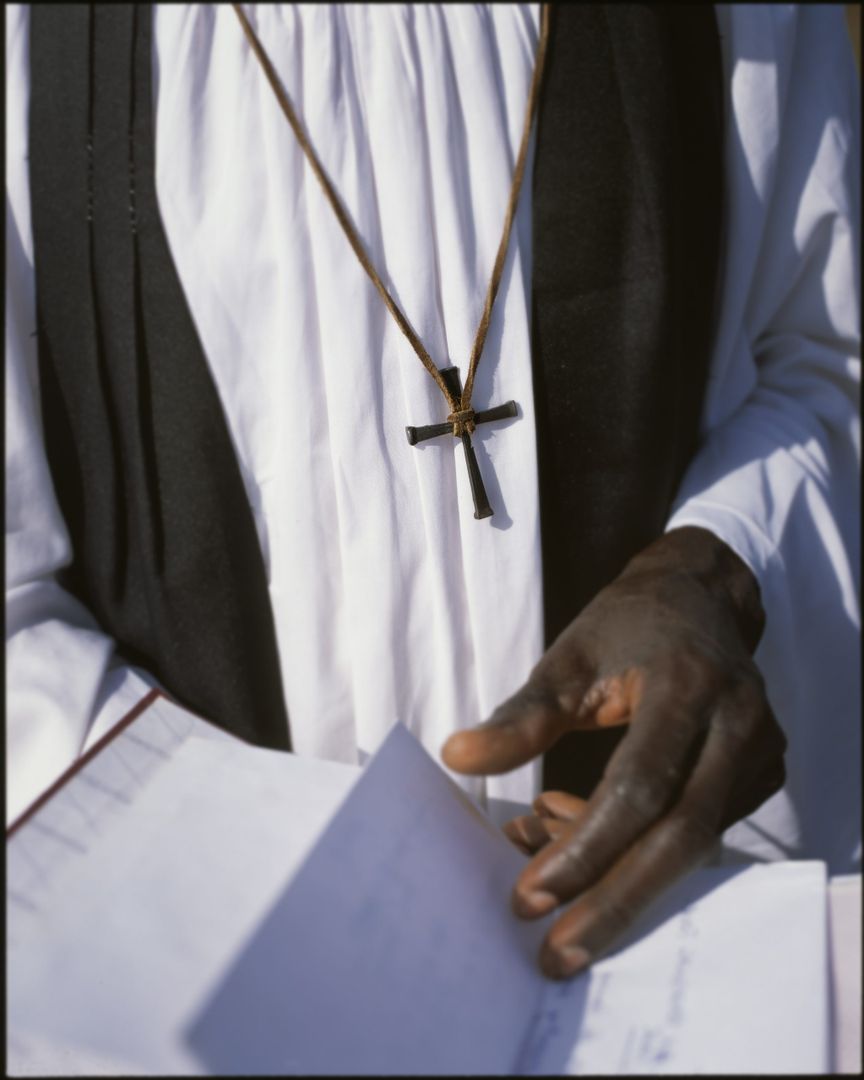In the late 1980s, it became clear to the world that Africa was particularly hard hit by HIV and that millions of people on the continent were dead or dying. But within the African churches that operated several hospitals, there was denial and then condemnation before acceptance finally let the churches break the taboo and show their true character.
In the early1980s, at hospitals in San Francisco and New York, men were showing up with distinctive and uniform symptoms that puzzled doctors. These men had fevers, rashes, and fungal infections in their mouths – and they were losing a lot of weight.
Soon after, doctors in Europe’s largest cities began to admit men with similar symptoms – including two men at a Copenhagen hospital.
The health services staff soon started to worry. What kind of disease was this? And where did patients get it from?
HIV/AIDS
Today, the whole world knows that it was AIDS – caused by the HIV virus (human immunodeficiency virus).
With another infectious virus fresh in our memory, it is tempting to make a comparison. However, even though people have experienced death, severe illness, and serious side effects, the human consequences of COVID-19 and HIV cannot be compared.
Unlike COVID-19, which in most cases strikes more or less randomly, infection with HIV is chronic. It is primarily contracted through sex.

AIDS? No, not here!
The sexual aspect, in particular, had enormous consequences for the infected individuals and their relatives, especially in Africa, which through the 1990s became the hardest hit continent on the planet. In some countries in east and southern Africa, up to 30% of the population – equal numbers of men and women – were infected with HIV.
After the mid-1980s, churches operating hospitals in many countries in Africa started to record the new disease pattern and saw the overwhelming need for care for thousands of sick and dying men and women. But officially, the churches did not recognise that a sexually transmitted disease was spreading rapidly.
A virus with built-in discrimination
After the first years of denial, churches finally acknowledged the disease. But leading African bishops now thundered that “AIDS is God’s punishment for a sinful lifestyle” and that the sick and infected therefore were not welcome in the community – not even in the fellowship of the church
Mostly, nothing was said.
They were silent and did nothing as the infection spread across the continent, and stigmatisation grew so serious that it became its own kind of suffering.
Safe sex became a standard topic in many countries, and never before had there been so much public talk of condoms. However, for some of the African churches that partnered with DanChurchAid, the use of condoms was not up for discussion at all. Even mentioning condoms was perceived as an invitation to promiscuity.
Heated arguments in Copenhagen
In 1987, Jørgen Thomsen, a senior adviser at DanChurchAid, was a member of the DanChurchAid Board of Directors. He remembers fierce debates at the meetings:
“Board member Else Houmøller Jørgensen was a doctor and a former missionary in Tanzania, and she was very knowledgeable about tropical diseases. She insisted that we get involved with HIV/AIDS work. She was close to tears because she feared the extent of AIDS in Africa. She warned that it could become very widespread.”
We believe in a forgiving God
The HIV/AIDS work done by DanChurchAid – especially in Africa – was extensive through the 1990s and 2000s. The infection curve finally peaked after the UN, governments, and NGOs offered massive support for testing, information, and life-prolonging ART (anti-retroviral therapy).
Offering information on HIV/AIDS remained a part of the work of DanChurchAid.
Although the collaboration between DanChurchAid and the African church partners in the 1990s and 2000s was effective on the practical level, it was difficult to find common ground in terms of theological positions.
That is why employees at DanChurchAid joined with partnering churches from across Africa and other collaborators to write inspirational material that could pave the way for theological reflection on the AIDS epidemic and become the starting point for the difficult conversations about church, sexuality, and the perception of God.

The churches created opportunities
Birthe Juel Christensen, Chief Consultant, Community and Church Relations at DanChurchAid, was a member of this group:
“The working group addressed several questions. How do we create a welcoming church? How do we prevent stigmatisation? How does the disease affect people’s experience of God? What
do we do to minimise the guilt felt by individuals infected with HIV?” Birthe Juel Christensen reported on these difficult discussions about shame, stigma, and our understanding of God.
The title of the inspirational booklet One Body, One Church (Én krop, én kirke) became the collective name of the seminal material published in 2006 in several languages, including Swahili.
Broke the silence
The churches finally broke their silence about this taboo subject. “Without our church background, it would have been impossible to have this important dialogue. Over time, the African churches recognised that with their silence and denial, they indirectly – and sometimes even directly – helped the epidemic gain hold and take off. This self-recognition was critical in getting stigmatisation on the agenda through ongoing and respectful collaboration with church entities at a time when the need for a change in attitude was greatest.”
DanChurchAid: 100 YEARS OF HOPE AND ACTION
2022 marks the 100th anniversary of DanChurchAid’s work to save lives, build resilient communities, and fight extreme inequality worldwide.
DCA’s anniversary is a story of 100 years of hope.

